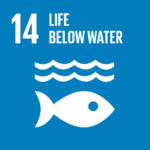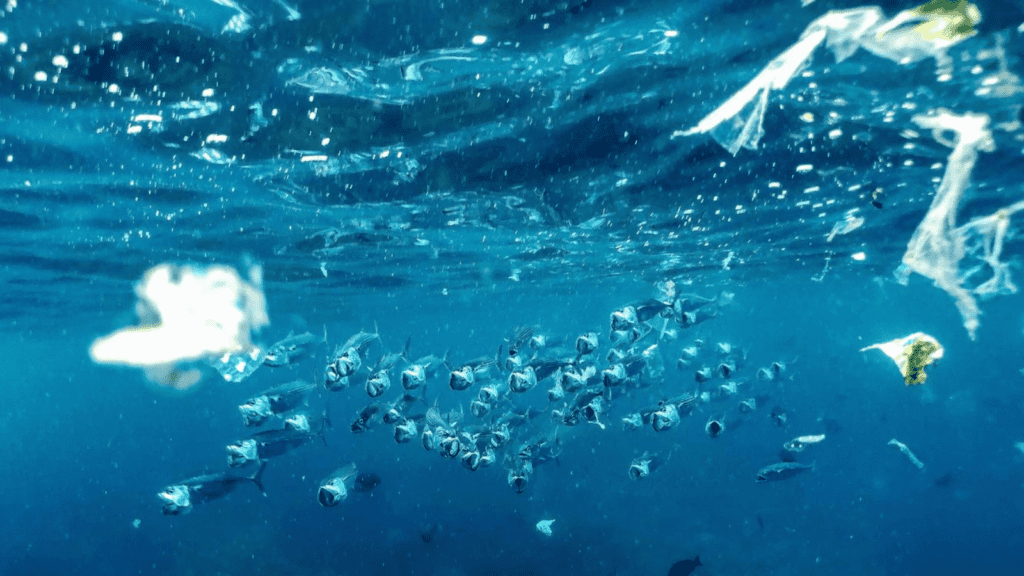Microplastics in the ocean: how can they be cleaned up?
The total amount of microplastics deposited on the bottom of oceans has tripled in the past two decades, with a progression corresponding to the type and volume of consumption of plastic products by society. This is the main conclusion of a study conducted by the Institute of Environmental Science and Technology of the Universitat Autonoma De Barcelona (ICTA-UAB) and the Department of the Built Environment of Aalborg University (AAU-BUILD).
RELEVANT SUSTAINABLE GOALS



The sequestration and burial rate of smaller microplastics on the ocean floor
A new study published in the journal Environmental Science & Technology has found that the total amount of microplastics deposited on the seafloor has tripled over the past two decades, mimicking the progression of the global plastic production from 1965 to 2016. “Specifically, the results show that, since 2000, the amount of plastic particles deposited on the seafloor has tripled and that, far from decreasing, the accumulation has not stopped growing mimicking the production and global use of these materials,” said study lead author Laura Simon-Sánchez, a researcher at the Institute of Environmental Science and Technology of the Universitat Autònoma de Barcelona (ICTA-UAB).
According to researchers, sediments deposited decades ago have remained unaltered on the seafloor. “This has allowed us to see how, since the 1980s, but especially in the past two decades, the accumulation of polyethylene and polypropylene particles from packaging, bottles, and food films has increased, as well as polyester from synthetic fibers in clothing fabrics,” explains Michael Grelaud, ICTA-UAB researcher. The amount of these three types of particles reaches 1.5mg per kilogram of sediment collected, with polypropylene being the most abundant, followed by polyethylene and polyester. Despite awareness campaigns on the need to reduce single-use plastic, annual marine sediment records data show that we still need to achieve this. Global policies could contribute to improving this serious problem.
Specifically, the results show that, since 2000, the amount of plastic particles deposited on the seafloor has tripled and that, far from decreasing, the accumulation has not stopped growing mimicking the production and global use of these materials.
Laura Simon-Sánchez, a researcher at the Institute of Environmental Science and Technology of the Universitat Autònoma de Barcelona (ICTA-UAB)
Despite increasing awareness campaigns on reducing single-use plastic, data from annual marine sediment analyses show that we still need to achieve this goal. To solve this major problem, policies at the global level addressing this issue are urgently needed. This is to protect the health and functioning of a vast number of currently endangered ecosystems.
Lead image courtesy of Naja Bertolt Jensen.
You may also be interested in :
Escalating The Readiness Of Carbon Projects In Indonesia CarbonEthics’ Warung Kopi Karbon Biru



